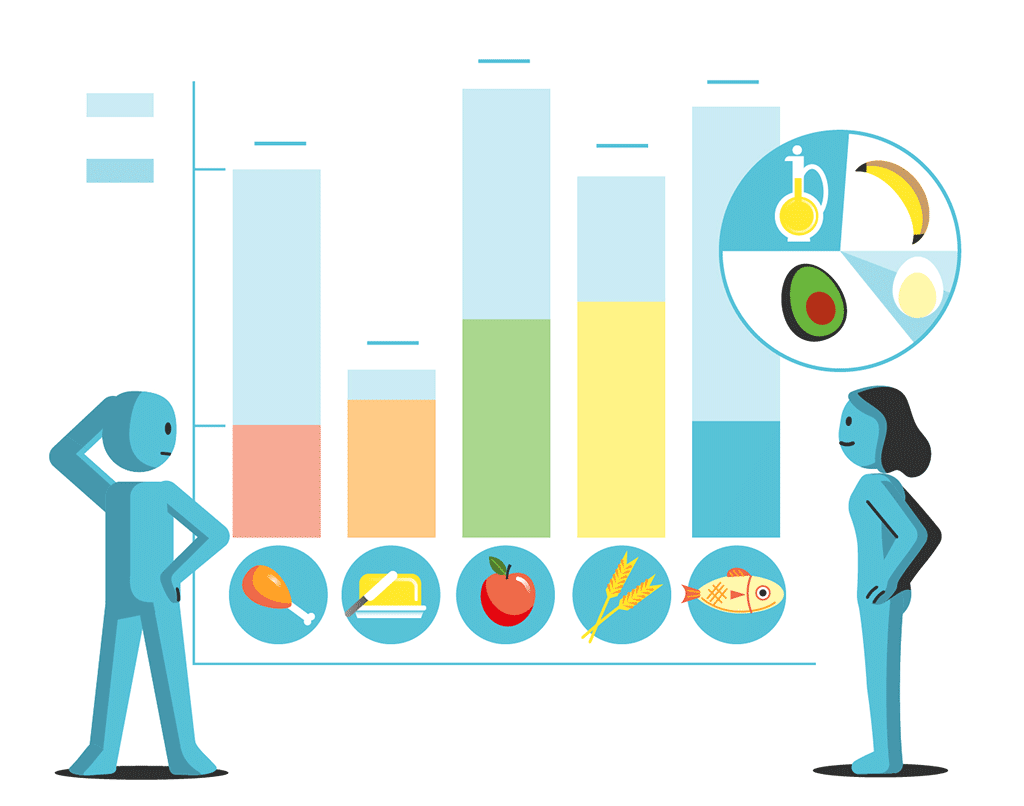A Key to Succeed With Carbohydrate Counting
A healthy eating plan is built on two foundations: Healthy foods and healthy portion sizes.

It is possible to consume nutritious food and still struggle with blood glucose management and body weight. It’s not only about what you eat, but how much you eat.

It’s very easy to over and underestimate portion sizes, especially when getting started with carbohydrate counting. For example, if you eat a large pear for lunch but carb count with the values of a medium pear, you’ll consume 17 extra grams of carbohydrates.

Successful carbohydrate counting starts in the grocery store where you decide what kind of foods, and how much of the foods that will enter into your kitchen.

Leave a Reply